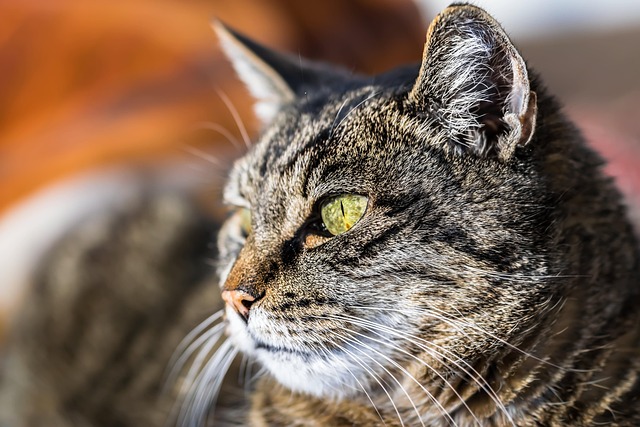Cat sitters should set hourly rates by balancing market demand with fair compensation, considering experience, service scope, and emergency availability. They can offer flexible packages and multiple payment options—from cash to digital wallets—to cater to diverse client needs and preferences. Transparency about rates, detailed services, and clear communication foster trust, ensuring a mutually beneficial pet-care experience for both cat sitters and clients.
“Curious about pet sitting hourly rates? This guide breaks down everything you need to know. From understanding the factors that influence pricing to setting competitive rates for cat sitters, we’ve got you covered. We’ll explore popular payment options—cash, card, and digital wallets—and share valuable tips for communicating rates and payment with clients. Maximize your earnings while ensuring client satisfaction.”
- Understanding Pet Sitting Hourly Rates: Factors to Consider
- Setting Competitive and Fair Rates for Cat Sitters
- Payment Options: Cash, Card, and Digital Wallets
- Tips for Communicating Rates and Payment with Clients
Understanding Pet Sitting Hourly Rates: Factors to Consider
When determining pet sitting hourly rates, several factors come into play. Cat sitters or any pet sitters for that matter need to consider their experience level, the type and size of pets they are comfortable caring for, the location of the sit (urban areas may command higher rates due to increased overhead costs), and additional services offered such as administering medication or walking dogs. Market rates in your area can provide a benchmark; however, pricing should reflect your expertise and the value you bring to pet owners’ peace of mind.
Furthermore, understanding what pet owners are willing to pay is essential. Some may seek out premium care for their beloved pets, justifying higher rates. Conversely, others might have budget constraints that influence their expectations. Being transparent about your rates and offering flexible payment options can enhance client relationships. Pet sitters should also be prepared to discuss these matters openly with potential clients to ensure a mutually beneficial agreement.
Setting Competitive and Fair Rates for Cat Sitters
When setting hourly rates as a cat sitter, it’s crucial to find that sweet spot between being competitive in the market and ensuring fair compensation for your time and expertise. Researching local rates is essential; check with other cat sitters in your area to get a sense of what clients are paying. This will help you position your prices appropriately while staying competitive.
Consider factors like experience, the scope of services offered, and emergency availability when determining your rates. Cat sitters with specialized skills or who provide additional services like administration of medication or vet check-ins can command higher rates. Similarly, being available for last-minute emergencies can justify a premium. Offering packages or tiered pricing based on these variables is another way to make your services more appealing and flexible for clients.
Payment Options: Cash, Card, and Digital Wallets
When it comes to payment for pet sitting services, cat sitters have several options to accommodate their clients’ preferences. Traditional methods like cash are still widely accepted and provide a straightforward transaction process. Many cat sitters prefer this method due to its simplicity and the lack of additional fees associated with it.
However, the digital age has brought about convenient alternatives such as card payments and digital wallets. Card payments offer security and the advantage of easy record-keeping for both pet owners and sitters. Digital wallets, like PayPal or Venmo, provide a fast and secure way to transfer funds, appealing to those who value convenience and immediate transactions. These options are particularly popular among busy pet owners who need quick access to receipts and accounts.
Tips for Communicating Rates and Payment with Clients
When discussing rates and payment options with clients, transparency is key for cat sitters. Be open about your hourly rates, clearly outlining what services are included in that time frame. You can also offer packages or discounted rates for longer stays or regular clients to attract repeat business. During conversations, emphasize the value you bring to their pets’ care, highlighting your experience and dedication.
For payment options, provide a range of choices to cater to different client preferences. Online payment platforms are convenient and secure, while direct bank transfers or checks might be preferred by others. Establish clear expectations for payment schedules—whether it’s upfront, at the beginning of each stay, or upon completion. Timely communication about these aspects builds trust with clients, ensuring a smooth pet-sitting experience for both parties.






